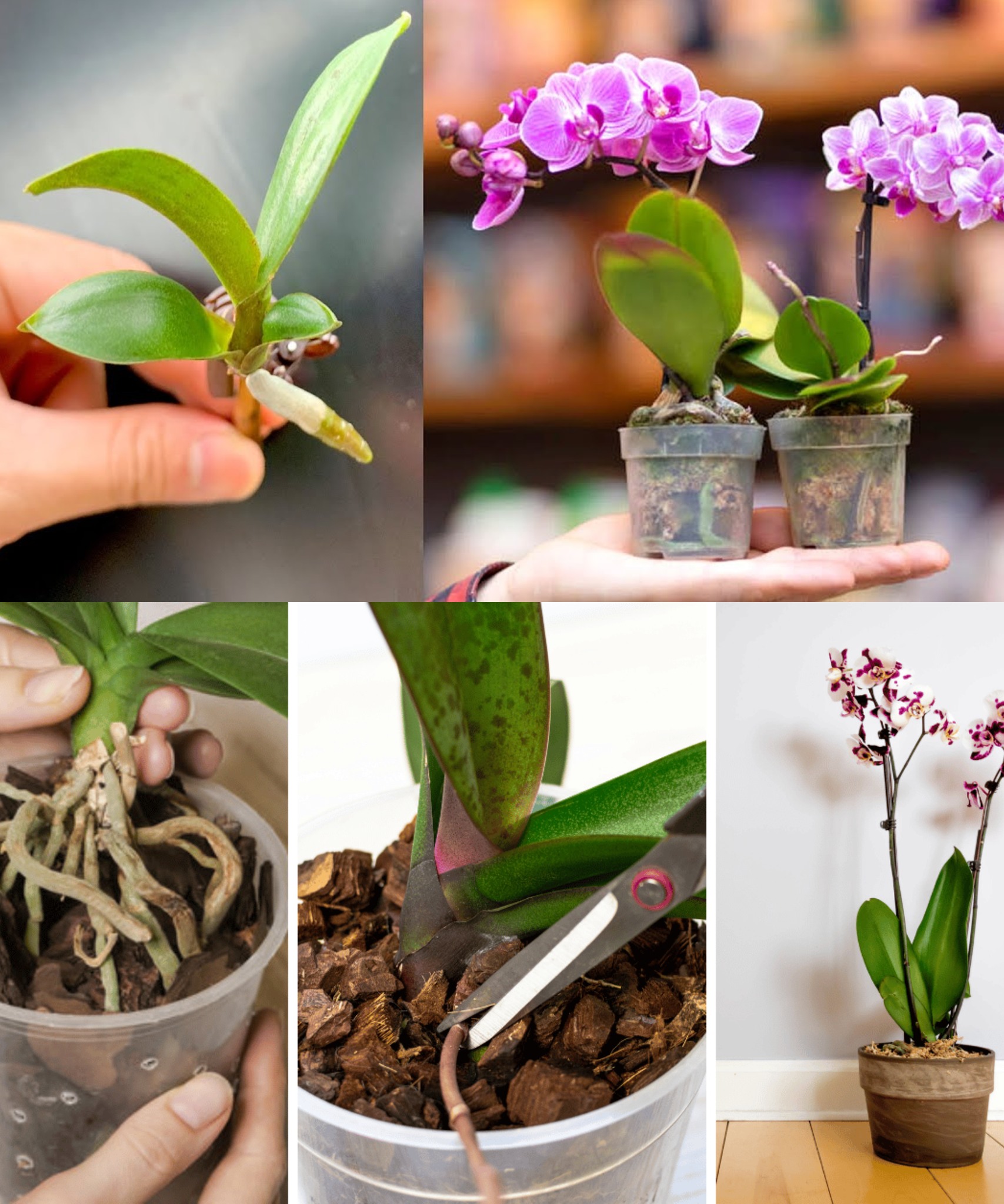Propagating orchids is a fulfilling and cost-effective way to expand your collection without constantly purchasing new plants. With the right techniques, you can create new orchids from existing ones, allowing you to enjoy a diverse array of these beautiful flowers without breaking the bank. In this guide, we’ll explore how to propagate orchids successfully so you can grow your collection at home.
- Choose Healthy Parent Plants: Select healthy orchids with strong stems, vibrant leaves, and no signs of disease or pests. Healthy parent plants are more likely to produce successful offspring.
- Select the Propagation Method: There are several methods for propagating orchids, including division, back bulbs, keiki, and tissue culture. Choose the method that best suits your orchid species and your preferences.
- Division: Divide orchids that have multiple pseudobulbs or growths. Carefully separate the plant into smaller sections, ensuring each division has its own set of roots and leaves.
- Back Bulbs: Some orchids produce new growths, or “keikis,” along the length of their stems or from older bulbs. These back bulbs can be separated from the parent plant and potted individually to grow into new plants.
- Keiki Propagation: Keikis are small plantlets that develop along the stem of certain orchid species, such as Phalaenopsis. Once the keiki has developed roots of its own, it can be detached from the parent plant and potted separately.
- Tissue Culture: Tissue culture, or cloning, is a more advanced propagation method that involves growing orchids from small tissue samples in a laboratory setting. This method is often used by commercial orchid growers to produce large quantities of plants.
- Prepare Potting Medium: Use a well-draining potting mix suitable for orchids, such as a blend of bark, perlite, and sphagnum moss. Ensure the potting medium is clean and sterilized to prevent disease transmission.
- Potting the Offshoots: Carefully pot the divided sections, back bulbs, or keikis in small pots filled with the prepared potting mix. Plant them at the same depth as they were in their original pots, ensuring the roots are covered but the leaves are left exposed.
- Provide Adequate Care: Place the newly potted orchids in a location with bright, indirect light and maintain a consistent temperature and humidity level. Water them regularly, allowing the potting mix to dry out slightly between waterings.
- Monitor Growth: Keep an eye on the propagated orchids for signs of new growth, such as emerging leaves or roots. Be patient, as it may take some time for the new plants to establish themselves and begin growing.
By following these steps, you can successfully propagate orchids at home and expand your collection without the need to purchase new plants. With care and patience, you’ll soon be enjoying a diverse array of orchids in your home or garden.
